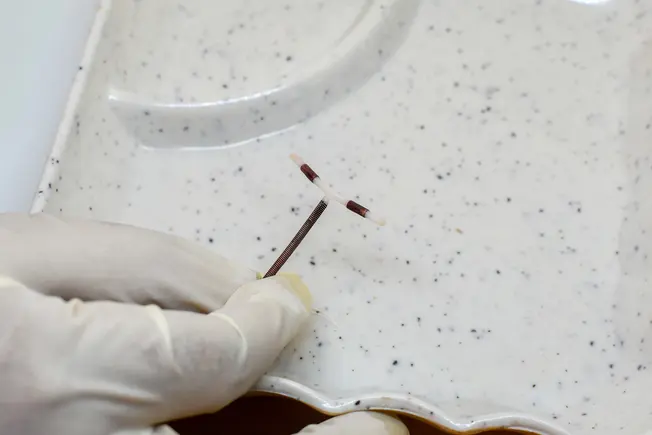- Overview
- Types
- Hormonal Methods
- Barrier Methods
- Behavioral Methods
- Medical Methods
- Male Birth Control
- Emergency Contraception
- Side Effects & Complications
- View Full Guide
Understanding IUD Removal


Reasons to Remove an IUD
You might want to remove your IUD if you’re planning to get pregnant, it has expired, or if you’re experiencing side effects or complications. IUDs are effective for 3 to 10 years, depending on the type.

How It Works?
The removal procedure is quick and usually done in a doctor’s office. Your health care provider will use a speculum to see the IUD and a grasping tool to gently pull it out. Removing an IUD is usually less painful than putting it in.

Potential Side Effects
After removal, you may have cramps, spotting, or light bleeding. These side effects are usually mild and don't last long.

Post-Procedure Fertility
Your fertility returns immediately after the IUD is removed. If you want to get pregnant, you can start trying right away.

Risks of Self-Removal
Don't try to remove the IUD by yourself. If you try to pull it out by its string, there's a good chance you'll move it out of place but be unable to get it out. This can be painful and leaves you unprotected against pregnancy.

Other Birth Control Methods
If you plan to switch birth control methods, you have many options. You can choose hormonal options such as pills, patches and implants, or barrier methods such as condoms or diaphragm.
Photo Credits:
1) SOMNATH MAHATA/Shutterstock
2) Yaroslav Astakhov/Shutterstock
3) Halfpoint/Shutterstock
4) Raushan_films/Shutterstock
5) Aleksandr Rybalko/Shutterstock
6) New Africa/Shutterstock
SOURCES:
FDA: "Mirena," "ParaGard."
Mayo Clinic: "Mirena: About."
Medscape: "Intrauterine device extraction."
National Health Service (UK): "Copper intra-uterine device (IUD)."
TeensHealth: "The IUD."
Cleveland Clinic: "Should You Try to Remove Your Own IUD?"